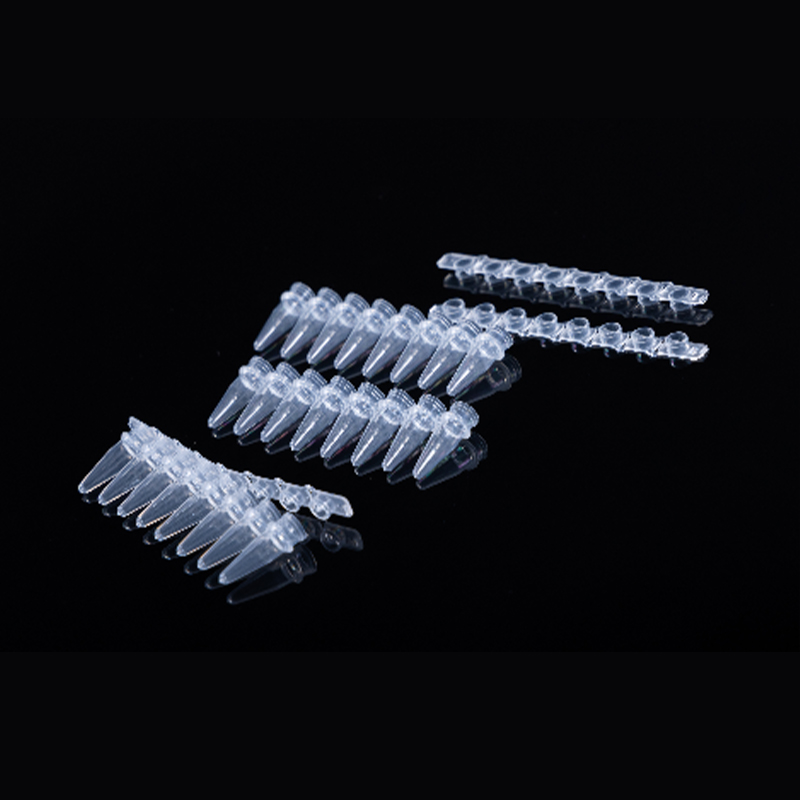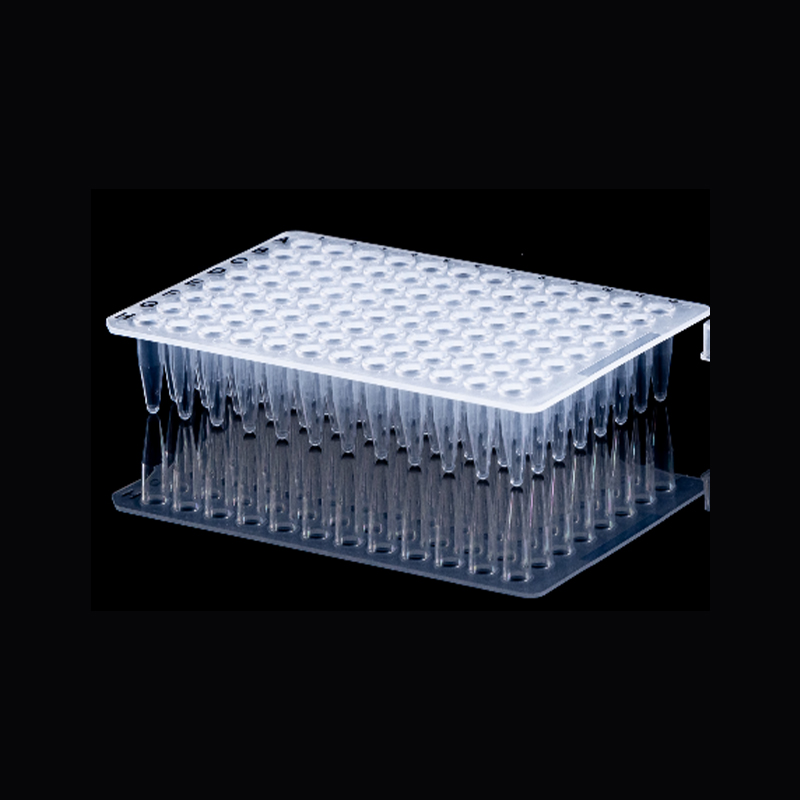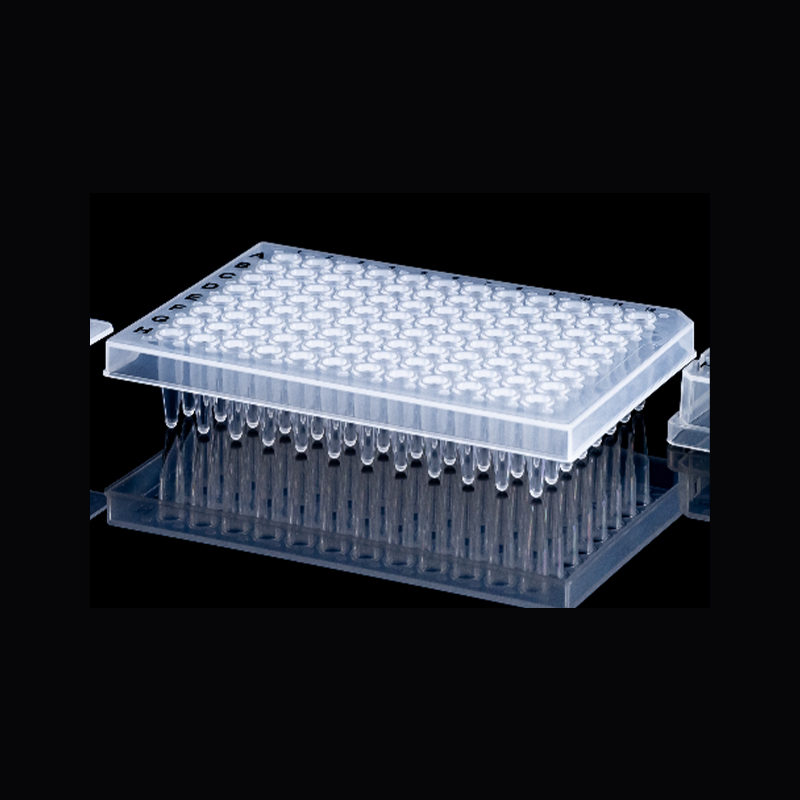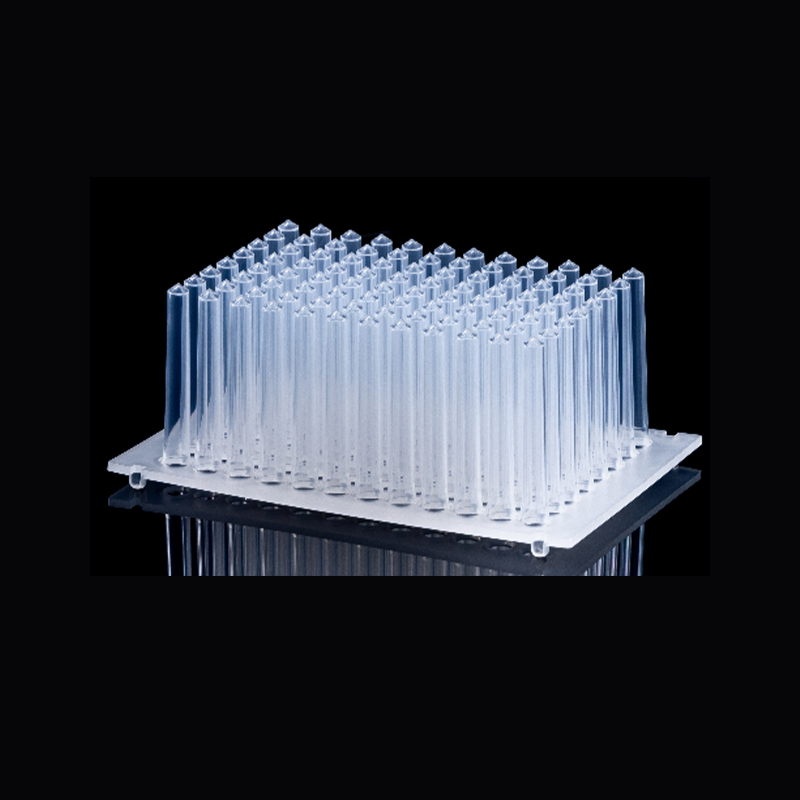Does the electronic blood pressure monitor (arm type) have strong anti-interference capabilities? Will environmental noise affect the measurement?
Release Time : 2025-09-01
The interference resistance of an electronic blood pressure monitor (ARM type) is closely related to its internal circuit design, signal processing technology, sensor sensitivity adjustment, and structural protection measures. Whether environmental noise will affect measurement requires a comprehensive assessment based on the noise type and intensity, as well as the monitor's interference resistance design. In everyday use scenarios, such as homes and hospital clinics, environmental noise comes from a variety of sources, including the sounds of household appliances, conversations, and outdoor traffic. If a blood pressure monitor's interference resistance is insufficient, this noise may interfere with internal circuit signals or blood pressure data collected by the sensor, resulting in deviations in measurement results and distorting the true blood pressure. Therefore, interference resistance is a key indicator of the measurement stability and reliability of an electronic blood pressure monitor (ARM type), directly impacting whether users can obtain accurate blood pressure data.
From a circuit design perspective, a high-quality electronic blood pressure monitor (ARM type) will enhance interference resistance through shielding and filtering techniques to reduce the impact of environmental noise on circuit signals. The main control circuit and sensor circuit within the blood pressure monitor are the core of blood pressure signal processing. If these circuits are susceptible to external electromagnetic or acoustic interference, signal distortion can occur. To address this issue, manufacturers typically apply a metal shielding layer to the circuit board to isolate interference from external electromagnetic radiation. Filtering components such as capacitors and inductors are also incorporated into the circuit to filter out noise-generated clutter, ensuring accurate identification of valid blood pressure signals. For example, when exposed to electromagnetic radiation from devices like microwave ovens and routers, the shielding layer and filtering components prevent these electromagnetic signals from entering the circuit, preventing them from misidentifying interfering signals as blood pressure signals. This ensures accurate measurement data and minimizes the impact of environmental electromagnetic noise.
Signal processing technology is key to enabling electronic blood pressure monitors (arm-type) to mitigate environmental noise interference. Algorithm optimization improves the ability to identify valid blood pressure signals. When a blood pressure monitor measures blood pressure, the sensor captures the tiny pulse signals from the arterial pulse during the cuff's expansion and contraction. These signals are weak in amplitude and easily masked by high ambient noise. To distinguish valid signals from noise, blood pressure monitors employ digital signal processing algorithms to analyze the collected mixed signals. These algorithms identify the characteristic frequencies and waveform patterns of the arterial pulse signal and filter out noise that is inconsistent with the blood pressure signal (such as interference signals generated by irregular acoustic vibrations in the environment). Some high-end blood pressure monitors also employ adaptive filtering technology, which adjusts filtering parameters in real time based on changes in ambient noise. This allows them to accurately extract valid blood pressure signals even when noise levels fluctuate, avoiding measurement deviations caused by noise and ensuring stable measurements in noisy environments.
Sensor design and sensitivity adjustment also affect the interference immunity of electronic blood pressure monitors (arm-type), preventing environmental noise from interfering with measurements through physical vibrations. The pressure sensor in an electronic blood pressure monitor (arm-type) detects pressure changes within the cuff. If the sensor housing is not tightly attached to the monitor body, ambient acoustic vibrations may be transmitted through the housing to the sensor, causing it to mistakenly interpret vibration signals as pressure changes. To address this issue, sensors typically incorporate a vibration-damping design, such as a rubber cushion between the sensor and the housing, to reduce vibration transmission. Manufacturers also precisely calibrate the sensor's sensitivity, ensuring it's sensitive only to pressure changes within the cuff and unresponsive to common acoustic vibrations. For example, when exposed to ground vibrations from people walking or acoustic vibrations from loud conversations, the vibration-damping structure and sensitivity adjustment prevent these interferences from affecting the sensor, allowing it to focus on collecting blood pressure signals and ensuring unaffected measurements.
In practical scenarios, standard electronic blood pressure monitors (arm-type) have strong interference immunity, and typical ambient noise levels typically have no significant impact on measurements. For example, the noise levels generated by household appliances like televisions and air conditioners in homes are within normal ranges. Using shielding, filtering, and signal processing techniques, blood pressure monitors can normally collect and process blood pressure signals, with minimal deviation from measurements in quiet environments. In hospital clinics, blood pressure monitors operate reliably even amidst the sounds of other medical equipment and patients talking, preventing measurement failures or data anomalies caused by ambient noise. However, it's important to note that if there's extremely loud noise in the environment (such as close-up construction noise or high-decibel speakers), the resulting vibrations or strong electromagnetic radiation may exceed the blood pressure monitor's interference tolerance, potentially causing fluctuations in measurement results. However, these extreme scenarios are rare in daily use, and typical environmental noise levels are unlikely to interfere with a qualified electronic blood pressure monitor (arm type).
Structural protection measures can also help improve the monitor's interference tolerance by reducing the impact of environmental noise transmitted through physical contact. The outer casing of a blood pressure monitor is typically made of materials such as ABS plastic, which not only provides a certain degree of sound insulation but also reduces the direct impact of external sound waves on internal components. The connecting tube between the cuff and the monitor body is made of flexible rubber, preventing vibration from the connecting tube from transmitting noise to the sensor inside the cuff, ensuring that the pressure signal collected by the sensor is not affected by vibration at the connection. Furthermore, some blood pressure monitors incorporate sound-isolating pads inside the cuff to attenuate the subtle noise generated by friction between the cuff and the arm, preventing it from being misinterpreted by the sensor. This further improves measurement stability and makes it less likely that even minor environmental noise will interfere with the measurement.
High-quality electronic blood pressure monitors (arm type) utilize multiple design features, including circuit shielding, signal filtering, algorithm optimization, sensor vibration reduction, and structural protection, to provide strong interference resistance. Even moderate ambient noise levels will not affect measurements, ensuring stable and accurate blood pressure readings in a variety of scenarios. When selecting a product, users should consider whether it has passed relevant electromagnetic compatibility certifications (such as EMC certification). These certifications verify that the monitor will function properly in specified interference environments. Avoiding the monitor near sources of strong electromagnetic radiation (such as large motors and high-voltage equipment) or extreme noise sources will ensure accurate measurements and maximize its health monitoring capabilities.







